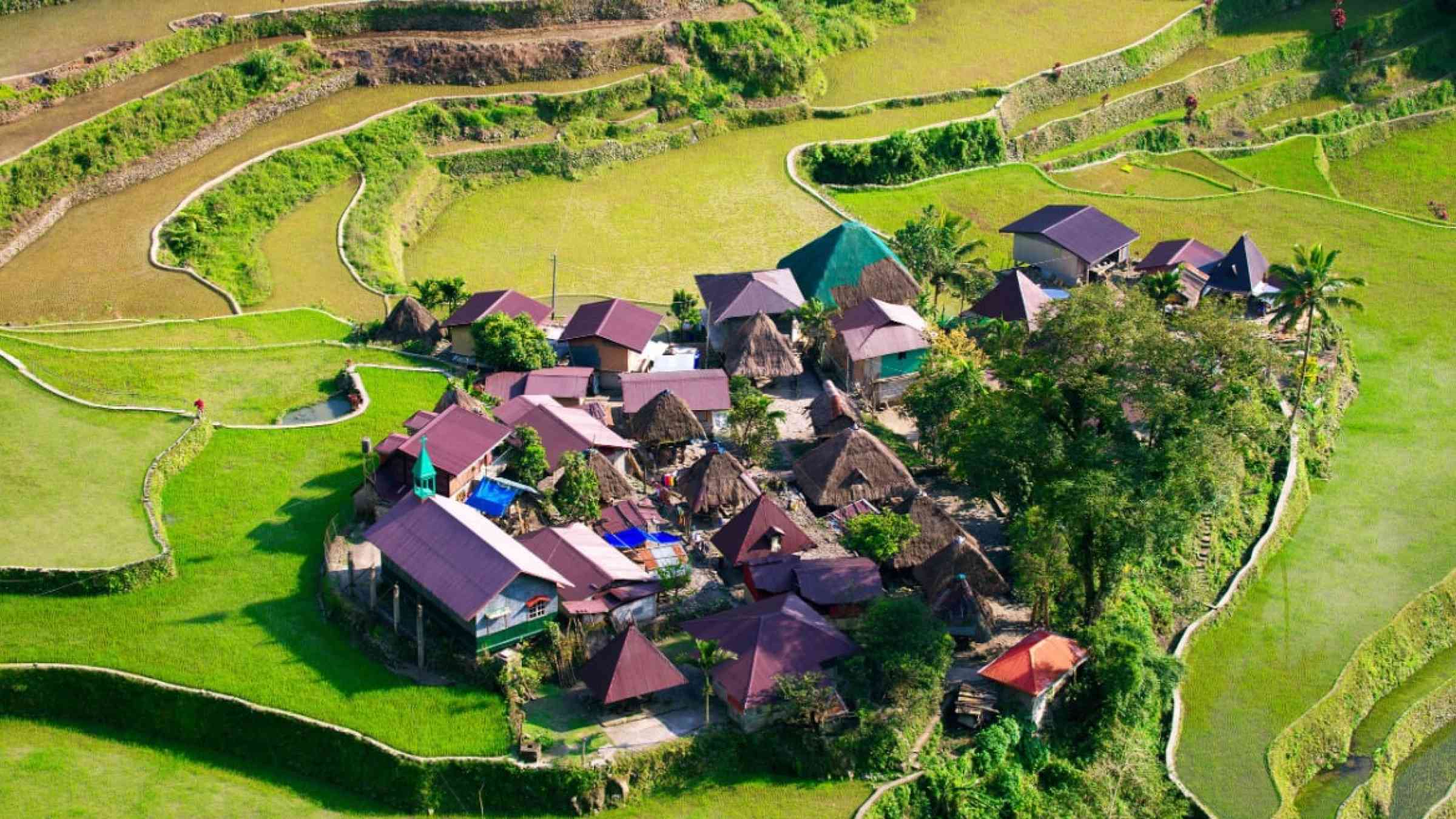Putting communities in the driver seat: Good practices from the Philippines

In the spirit of the localization agenda, the flood resilience project of the Philippine Red Cross accompanies, enables, and connects communities to become more resilient to floods and other hazards. We facilitated a participatory whole-of-community process to design evidence-based and risk-informed community resilience building interventions. In this process, community members could voice their needs and ideas with higher levels of government for the first time.
Building the Foundations for a Successful Program
The Flood Resilience Alliance Philippines Project (FRA Ph) was first launched in four communities in 2019 in the municipality of Mangatarem in the province of Pangasinan and has since expanded to a further two.
At the beginning of the project, we recruited community members to join our RC143 program. RC143 is a community-based volunteering program of the Philippine Red Cross where one leader and a minimum of forty-three members form an active corps of capable, caring, and committed individuals. It promotes a culture of self-help in the communities by developing a network of volunteers who predict potential risk and plan, prepare and practice effective community-based disaster risk reduction.
In parallel, we ran Vulnerability and Capacity Assessments (VCAs) and the Flood Resilience Measurement for Communities (FRMC) in each community to assess strengths and weaknesses in their flood resilience. The results and insights of the VCA and FRMC were then discussed with and validated by RC143 volunteers, community members and stakeholders representing different sectors. Participants of these community presentations shared additional local experience and insights about their communities, which improved our understanding of the communities further, and decided on priority areas to address with our project.
For instance, problems and thus entry points for resilience building were identified in the areas of:
- Flood emergency infrastructure
- Flood waste contamination
- Transport interruption
- Business continuity
- Water and sanitation awareness
- Social inclusiveness
- Community participation in planning processes
Additionally, motivated volunteers were selected to join newly established Barangay Flood Resilience Committees (BFRC), which became the main body for coordinating the implementation of our project. Each project community has a BFRC consisting of five community members selected by the RC143 volunteers. The selection was guided by minimum diversity-criteria: Each member must represent a specific sector of the community such as farmers, women, youth, persons with disability, and the barangay council.
Community Members Co-leading Project Coordination
Equipped with the VCA and FRMC insights and the priorities of community members, the BFRCs and our project staff developed proposals for resilience building interventions in a series of workshops. The FRMC framework was instrumental in the workshops as it provided a systems-thinking approach for the BFRC members to look at the interconnections between different sources of resilience. This helped the BFRC to strategically think about synergies but also trade-offs of their proposed intervention. As a result, the interventions they proposed covered different areas including an environmental management program, health and first aid capacity building program, livelihoods program and disaster risk management program.
Bringing the Community Voice to Disaster Risk Management Planning
The intervention proposals were then presented by BFRC members in a stakeholder meeting including representatives of different municipal and provincial government offices. The BFRC members and our project staff highlighted how the interventions would lead to concrete benefits for their communities and thereby reduce the costs of disaster response of government by investing in more cost-efficient pre-event resilience building. This is unique. Community members directly voicing their needs and discussing solutions with government officials at this level has not happened before.
After the intervention proposals were finetuned based on the technical feedback of the different experts present at the stakeholder meeting, the municipal and provincial government agreed to the final community action plans. They committed to financially and technically supporting the interventions through expert recommendations, facilitation of trainings and workshops, and logistical support from municipal offices.
For instance, the local government units of Dorongan Ketaket and Dorongan Punta committed to financing procurement of early warning devices, transportation and communication equipment, improvements in drainage systems, and health and waste management facilities amounting to about PHP 2 million (approx. CHF 36.000) through the action plans.
What’s new? What’s next?
The presentation of the baseline findings and proposed interventions by the BFRC members to the local government is a unique achievement considering that members of the committee hold no positions of power in the community. Presenting such in-depth assessments to the municipal government is not a common occurrence in the Philippines. Even barangay officials have little platform to voice concerns directly to the municipal and provincial government because these concerns are usually forwarded to the council of barangays rather than being voiced out directly. Yet, we have experienced that the higher levels of government were highly supportive of our proposed actions after hearing from community members directly.
We therefore started to replicate the BFRCs in our new highly urban project communities in Metro Manila. We want to make sure that the community intervention plans are reflective not only of an evidence-based, risk-informed decision-making process but also of a participative, whole-of-community approach that incorporates the voices and sentiments of the larger community. We are now exploring how BFRCs could support this vision in urban communities that are much larger, denser, more diverse, and dynamic than the communities in Pangasinan.
In parallel, we would like to replicate the BFRC approach beyond our own flood resilience project. We therefore started advocating for the establishment of a platform in Pangasinan that brings together communities and officials to collaborate more closely on resilience building. Additionally, we are exploring within the Philippine Red Cross how the BFRC approach could be integrated into the RC143 program which is rolled out and used all over the Philippines.
If you want to learn more about our application of the FRMC in Pangasinan you can watch this video, read this magazine or take a look at this case study.